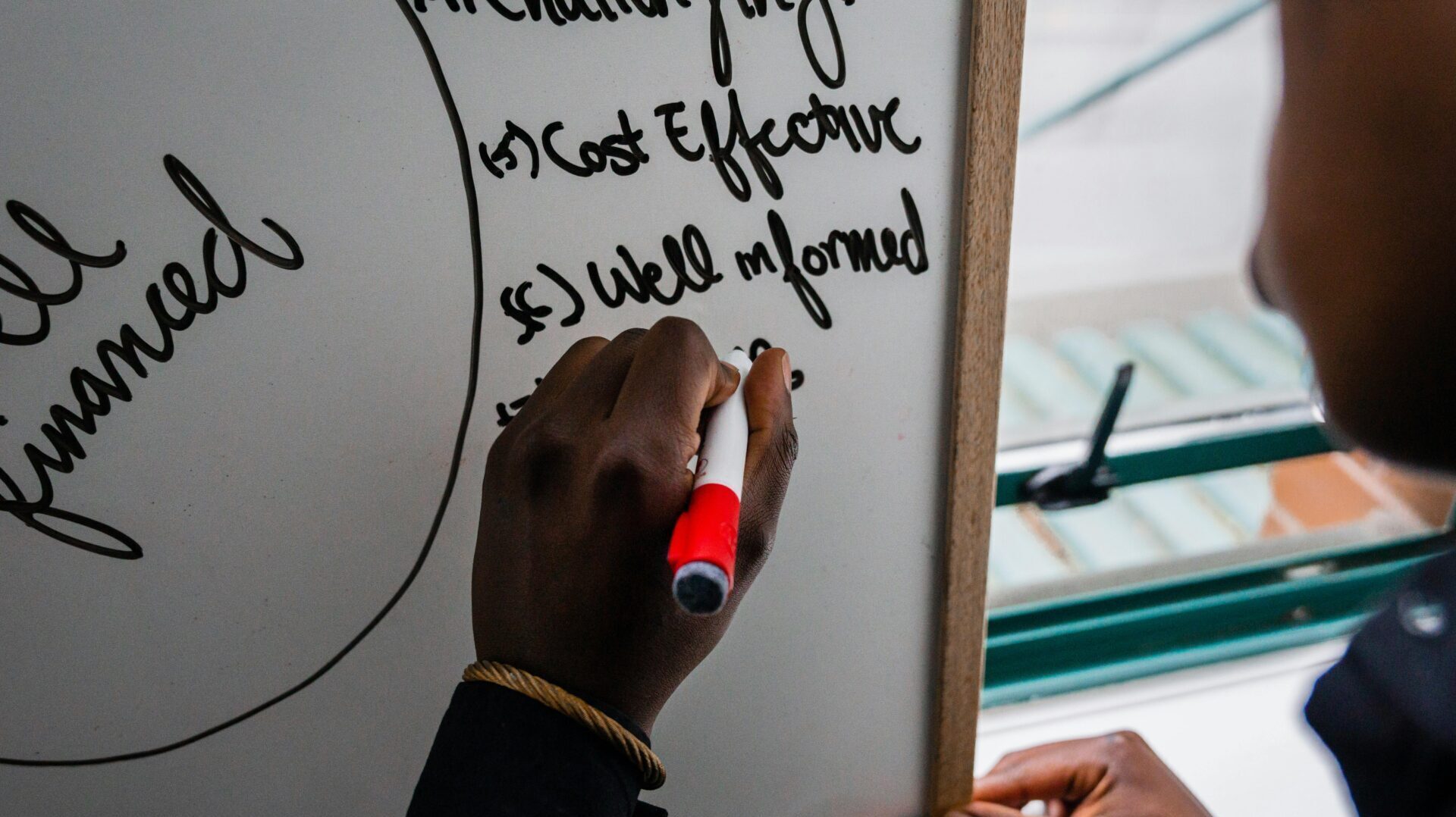By Alfred Brian Agaba FCCA CPA B Com
Together with Charity Winnie Kamusiime – Asiimwe DipM MCIM, it was an honour engaging, as panellists, with members of Uganda Marketers Society on Friday 28th October, 2022 at @MoTIV to discuss the above subject. Thanks to Arthur Mukembo for the excellent moderation.
By September 2022, Uganda had crossed the 10% inflation mark, the highest since July 2012, 10 years ago. However, we are not yet in (and hopefully will not get into) a Hyper-inflationary state which comes into play when the inflation hits marks as high as 50% leading to a significant loss of purchasing power and currency devaluation.
Indeed, prices are rising and effective demand falling. How should organisations, generally, and marketers, specifically, respond? Is it time for tactical or more strategic decisions? If the choice is to simply go tactical, for example lazily passing on the 10% to the customer, that could drive away the price-sensitive. Opting to swallow up the price increase of inputs would not make the shareholders happy. What are some other strategic alternatives for consideration?
I’d like to put some flesh to some of the key highlights I shared at the event (including those that had been prepared but could not be covered in the interest of time):
1. GRAB THE OPPORTUNITY: As Plato’s maxim goes “necessity is the mother of invention”. Calamities and crises in the past have provided opportunity for some of the most creative innovations. The Basketball was designed by A.G Spalding during the 1893-1896 recession. Henry Heinz invented Ketchup in the 1870s and released it to market towards the end of the recession in 1876. Isaac Newton developed his theories on calculus, optics and law of gravity while remote-working in 1665, following the closure of Cambridge University due to the Great Bubonic Plague. Covid-19, despite the devastating effects on economies, led to modification in business models with some taking on Remote Working fully, like the company I lead ( ACLAIM Africa Limited ) and other Hybrid Working models, among others. The question is, what opportunities do we see unveiling during this season? Is there scope to re-engineer our business models? Or are we not courageous enough to make such calls? If such a global crisis passes, and we miss the opportunities, then it is a loss, indeed.
2. INCREASE COSTS SIGNIFICANTLY: Okay, I confess this title was simply to grab your attention so you do not skip and miss the insights if I simply called it CREATIVE COST MANAGEMENT (which the title actually is). Faced with increasing costs, many organisations are disposed to go the easy way and quickly cut the obvious glaring costs – downsize on staffing or restructure. Strategic cost-reduction may not be very visible to the eye and may need a deeper analysis. I shared an example of one of our clients that runs a restaurant and who, after our training about cost management, realized they could reduce input costs by about 30% if they purchased their vegetables two hours earlier at the market than they usually did since they would, then, buy from wholesalers. Not a very straightforward cost-reduction method, right? It is important for the business to evaluate all its core and support processes to identify areas of waste. There is need to ask questions such as:
a) Where do we have unnecessary MOVEMENT of people/equipment/materials?
b) Are we holding too much funds unnecessarily in INVENTORY?
c) Is there any unnecessary WAITING within the delivery of different processes?
d) Do we sometimes OVERPROCESS our offerings (that is, do way more than required by customers)?
e) Are there frequent DEFECTS in our offering that require us to redo or repeat our tasks?
f) Are there unutilized or underutilized SKILLS among our people that we could put to use?
By the time you are done going through this analysis, you will find loads of areas to REDUCE Costs creatively, or even increase revenues, and hence weather the times better.
3. BIG HUG: There has been a protracted war between Finance and Marketing in several organisations. Time to ceasefire. Wrong battlefield. Marketers are trained to study and influence customer behaviour. Marketers are deemed to be the more emotionally intelligent in this relationship while the Finance professionals are the more pragmatic sibling (since money has no feelings). We have an opportunity for the Marketer-Finance BIG HUG. This is how. Marketers should consider Finance as part of their Customers (that is, internal customers). They should study these internal customers and influence their behaviour. I am a Finance professional, so I will save the Marketers some of this study. The Finance professionals are turned on by numbers. During this high inflationary season, the Marketers should take the lead in pointing out areas within their own operations where costs can be managed better or creative ways of increasing income that would not require significant additional financing (for example, a great customer experience). This will immediately cause the Finance internal customer to pause in their tracks and give Marketers an ear. Now, to close the deal. Marketers should be able to track numbers at each point of execution. Before pushing through a Marketing budget, what is the OBJECTIVE you are targeting? Is it to bring in a number of new customers in a specific market segment? Is it to reactivate dormant customers? Now, let’s put a number to it. If we know that we would want to reactivate 1,000 dormant customers and that a USD 50,000 campaign needs to be run to achieve that (i.e. USD 50 per customer), we should initially propose a budget of USD 5,000 for a target 100 dormant customers as a pilot. If Finance sees the result of the pilot on the top line revenues, this is music to them. Not only will they raise the USD 50,000 but even double. Big hug.
Is it to bring in a number of new customers in a specific market segment? Is it to reactivate dormant customers? Now, let’s put a number to it. If we know that we would want to reactivate 1,000 dormant customers and that a USD 50,000 campaign needs to be run to achieve that (i.e. USD 50 per customer), we should initially propose a budget of USD 5,000 for a target 100 dormant customers as a pilot. If Finance sees the result of the pilot on the top line revenues, this is music to them. Not only will they raise the USD 50,000 but even double. Big hug.
4. PRODUCT DECISIONS: A good opportunity is provided by this season to reflect on the existing product offerings by the company.
a) Are we able to slightly reduce the profit per unit on our very high profit margin products and then push for increased sales?
b) Do we have justification to continue offering our very low profit margin, low turnover products or is it time to pause/drop them? 
c) With falling purchasing power, a large portion of customers get more and more price-sensitive than they are volume-sensitive. Is there consideration to adjust pack sizes – e.g. where a litre of milk was being sold at $1 and is now deemed expensive, could one opt to push out more the 250ml packs at, say, $0.3? It is a higher price per unit but more affordable to one that may be willing to reduce volume slightly but continue using the product.
d) Where possible, could companies consider SHRINKFLATION (creatively reducing the size of a product while maintaining its price)? For example, the Chapati vendor reducing the diameter of the product from 10 inches to 8 inches but retaining price or the Market vendor reducing the heap of tomatoes from 12 to 10 but retaining the price.
e) Could others consider SKIMPFLATION (reducing the quality or ingredients in the product slightly while maintaining the price). A trainer that only used branded notebooks in the past, could consider using nice non-branded note-books for a season but maintain the content of the training.
If we reflect on the company’s offerings, there could be opportunities to play around with the existing product portfolio. Whichever the tactic, potential customer responses should be studied to guide the decision.
I hope the Marketers (and others reading) will find one or more of these useful to apply during hyper-inflationary tendencies. Thanks again to my friend Nicholas Hirya for the opportunity to engage with Uganda Marketers Society members.
Managing Director, ACLAIM Africa Limited



